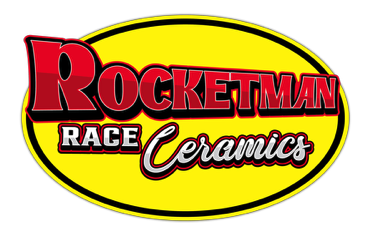Friction- Heat & Coatings
Before we get to the properties of our coatings lets talk about heat and friction.
HEAT- While heat is necessary for producing energy in an internal combustion engine, it can and often does cause problems. Excessive heat can lead to thermal expansion of engine components, which can cause parts to warp, become misaligned, or even break. High temperatures can also cause engine oil to break down and lose its lubricating properties, leading to increased wear and tear on the engine's moving parts. Over time, this can lead to decreased power output, premature parts wear and even engine failure.
FRICTION- Friction occurs in an internal combustion engine when two surfaces come into contact and resist motion. Friction can cause energy loss and heat generation, which can lead to decreased engine efficiency and increased wear and tear on engine components.
Reducing friction in an internal combustion engine is essential for improving its performance and longevity. One of the most common ways to reduce friction is by improving the surface finish of engine parts. This can be achieved through various techniques such as polishing, and microfinishing, which help create a smoother surface that reduces friction between moving parts.
Another way to reduce friction is by using low-friction coatings. These coatings can be applied to engine parts to reduce friction and improve wear resistance, and that is where we can help. Thin film coatings have been used to reduce friction in internal combustion engines, which can help improve engine performance, reduce energy loss, and increase engine lifespan. Thin film coatings are applied to engine components to reduce surface roughness, create a smooth surface, and reduce friction between moving parts.
Get in Touch
Please drop us an email if you prefer and we'll get back to you as soon as we can. Thank you again for visiting our site.

